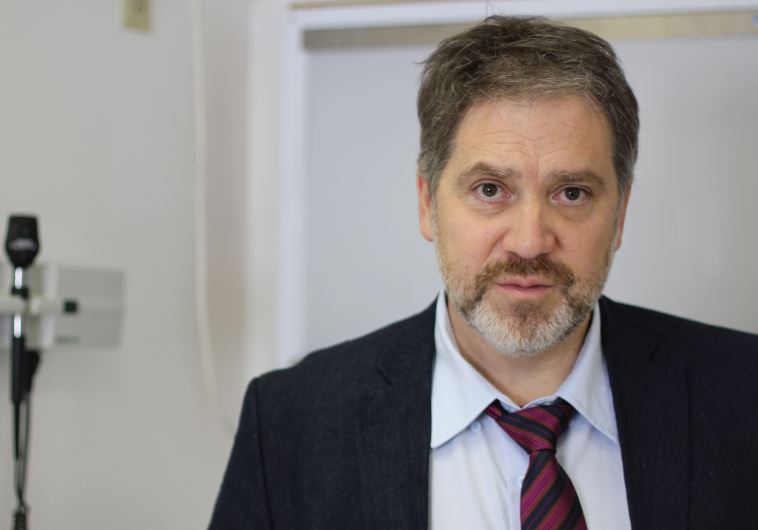Stem cell therapy trial for ALS and MS patients at Jerusalem hospital shows stunning results
"It is a matter of definitely less than 10 years, maybe less than five, that we can have this treatment available," professor says.
 Professor Dimitrios Karussis
Professor Dimitrios Karussis